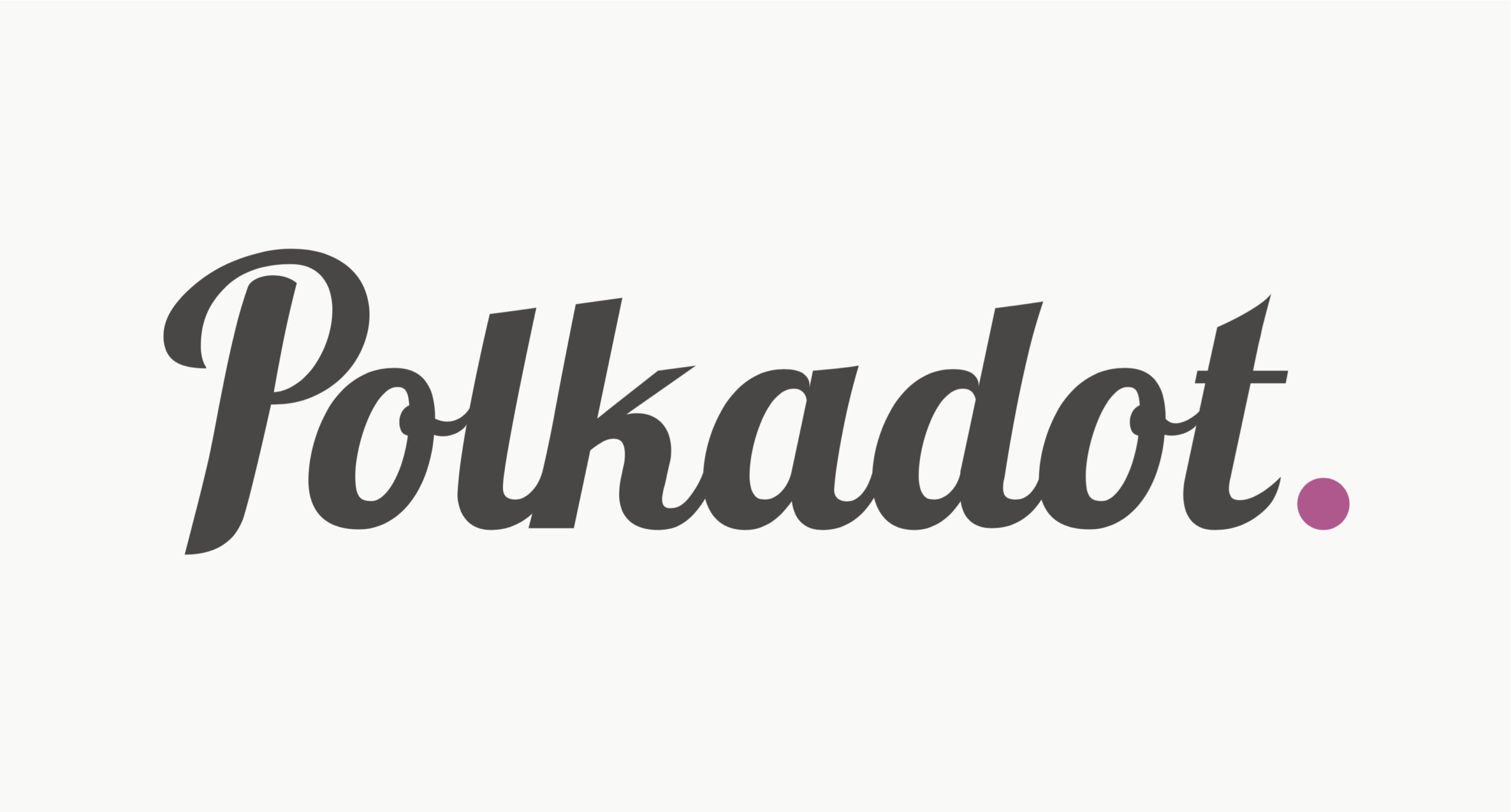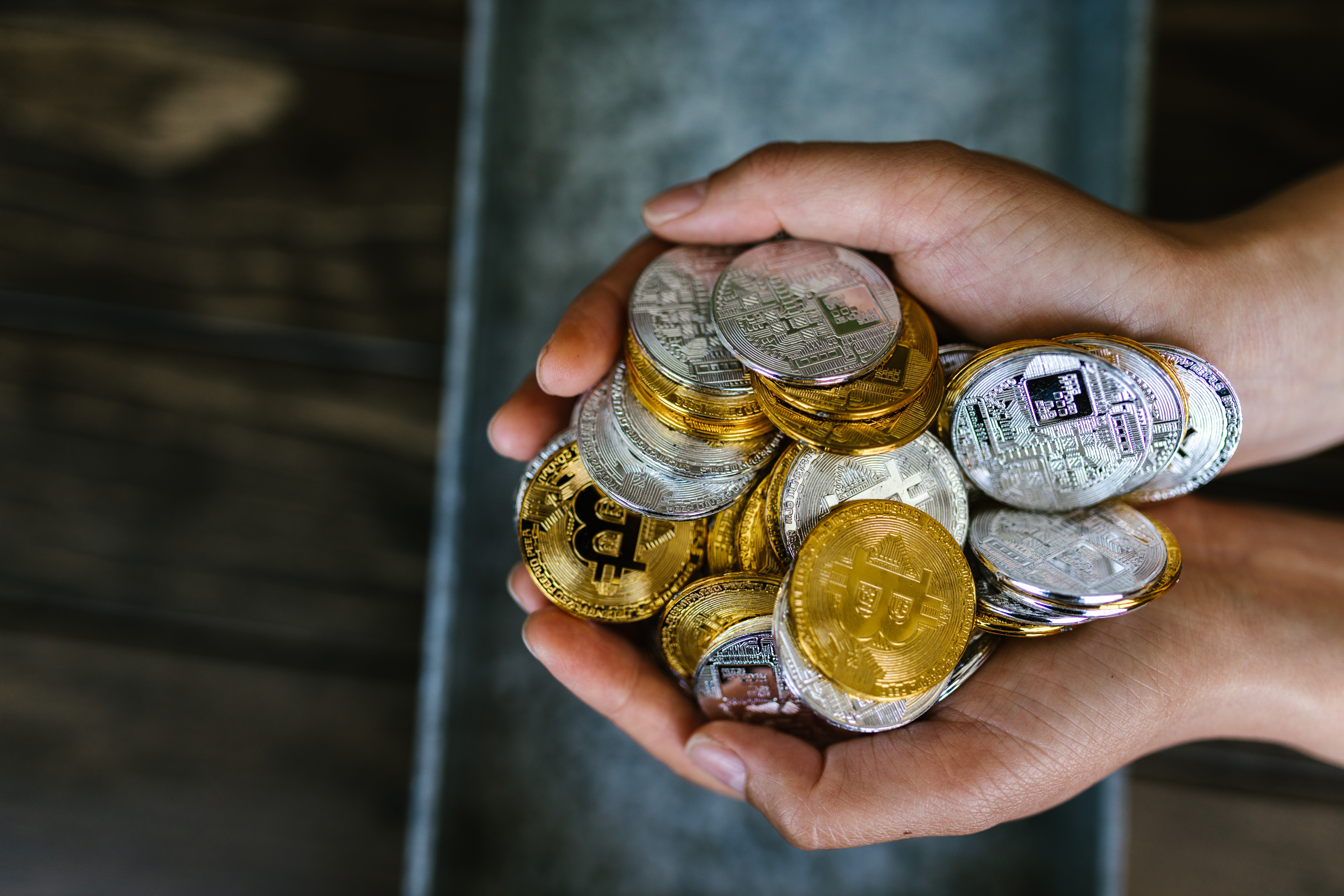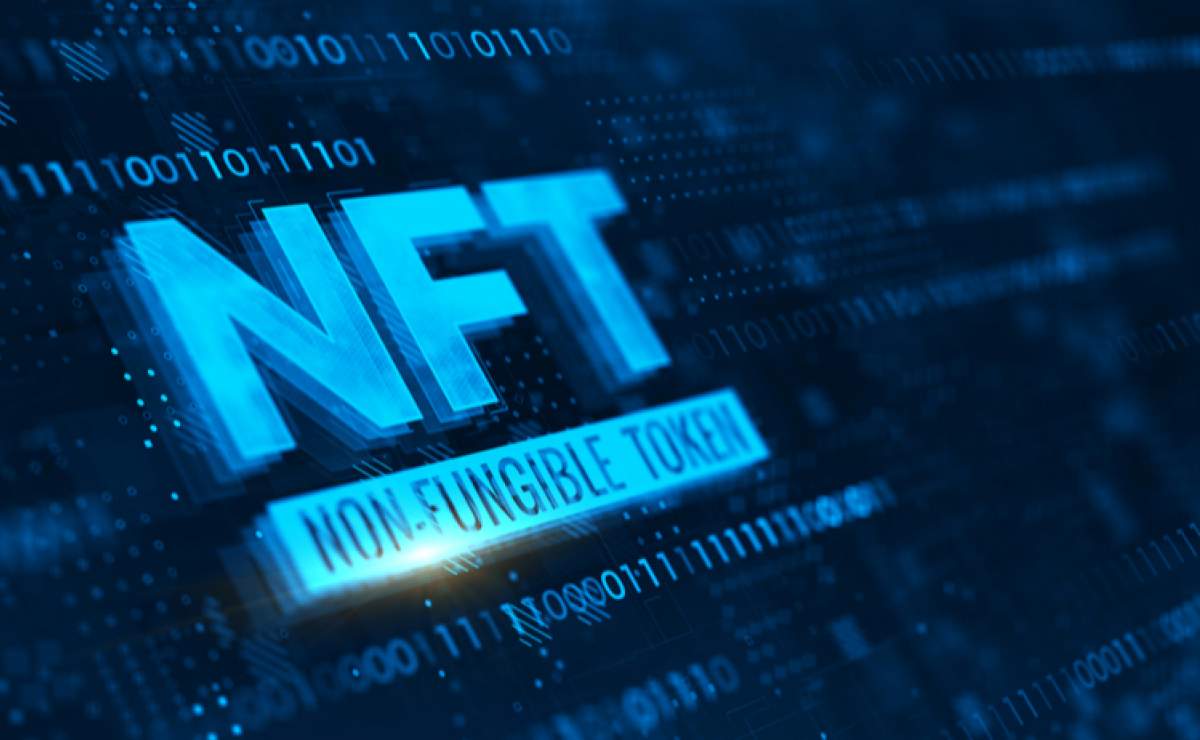Polkadot has quickly risen to fame and been in the headlines for its innovative parachain blockchain approach. By far, it has become among the largest cryptocurrency blockchains in the entire crypto industry, and the hype surrounding this cross-chain blockchain is only growing stronger.
The Polkadot project offers itself as the first-ever Layer-0 solution in the blockchain. Hence, we’ve taken the liberty to compile an inclusive walk-through introducing this project to those who are less aware of what it is all about, how it will solve the blockchain problem and the tokenomics of DOT coin.
Polkadots In Easy Terms
Visualizing the focus of this project is pretty easy given all the clues on its very name— Polkadot. Many competing projects in the cryptocurrency space are undertaking similar activities in similar blockchains, working individually.
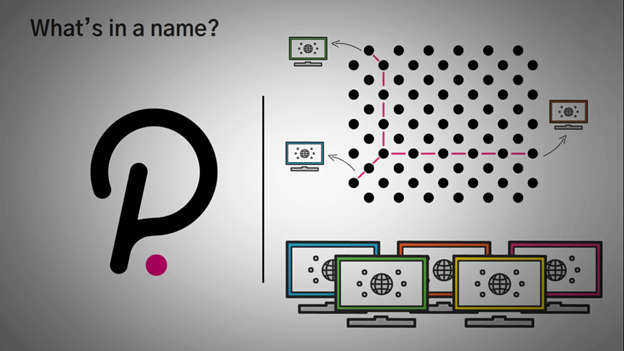
Every blockchain can be perceived as one individual dot, and the purpose of Polkadot is to connect these chains to one another. Every dot represents an individual blockchain and drawing lines among them links every single project. This feature solves the interoperability problem that most blockchains have.
Blockchains cannot interact with each other. However, with Polkadot, they can be connected. Although big cryptocurrency projects are already good enough to stand on their own, having the ability to interact with each other easily would still be a good idea for innovation. This is where the Layer-0 solution comes in.
Layer-0 Protocol
To understand the concept of this solution easily, imagine your neighborhood. Basically, individual houses and establishments exist within your area. Yet, despite their individuality, they are all connected in one line of electricity, water, and road.
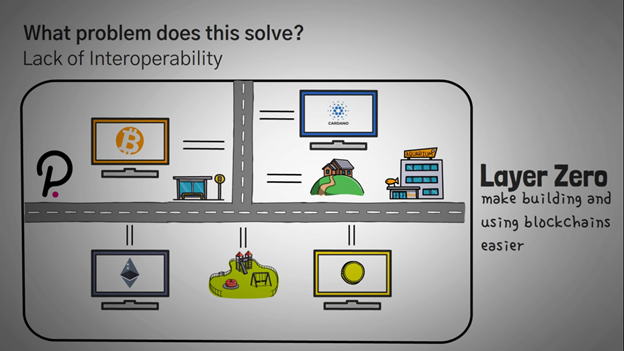
Just like how everyone in your neighborhood is connected, Polkadot’s Layer-0 protocol aims to turn blockchains more fundamental than just one individual blockchain by connecting blockchains easily.
Having a single blockchain is great, but it narrows the applications unless it can actually reach out to a larger blockchain community. A blockchain project would need to produce significant infrastructure on its own to effectively and safely achieve this. Several projects have failed since they couldn’t provide the impeccable connections required.
Polkadot governs as a “relay chain” to connect a chain to itself and serve as a third-party blockchain to provide communication between a blockchain and another.
Naturally, Polkadot is sketched to serve as a relay between parachain on its own network. Nevertheless, it also has bridges to Bitcoin networks and Etheruem, allowing access and interaction of parachains into an enormous network of various systems without having to select which network could provide the best connection for them.
On the contrary to what myriad people think, Polkadot isn’t playing a winner-take-all game against big networks like Ethereum, but rather competes for the user while working together and adding value on both sides.
How does Polkadot actually work?
Polkadot is a proof-of-stake (PoS) blockchain linking every blockchain to each other. It essentially works like a “hub and spoke” model where there is only one center with a variety of branches coming off from the center.
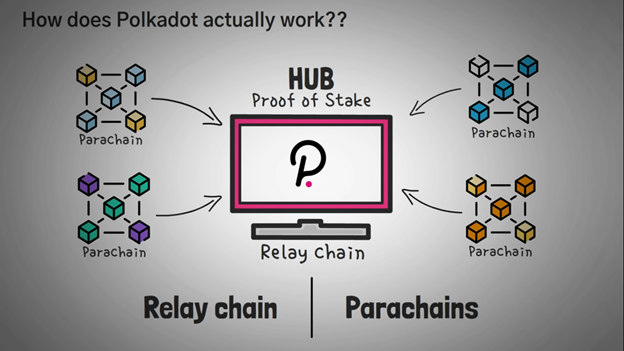
The hub of Polkadot is the “relay chain,” where all channels in the chain proceed to gain consensus. Since Polkadot is a PoS blockchain, it requires nodes— basically people who will join the network, to stake a minimum of 10,000 DOT coins to be able to participate.
The stake guarantees that blockchain participants are invested financially in its future, not having wicked ideas of cheating or attacking the blockchain. All of the nodes (validators) work together to obtain agreement right in the relay chain.
How do blockchains maintain their individual rules and use in Polkadot?
Despite the connection, blockchains can still maintain their individuality through parachains. These parachains are the “spoke” of the hub and spoke model mentioned earlier. Despite various blockchain interactions, parachains operate by their own rules and according to their use. To sync every undertaking, parachains come back to the relay chain.
Founder of Polkadot Gavin Wood used the office as an example of parachain’s course of action, whereas employees have an individual role to perform independently. Still, they also work together with other employees to sync up and harmonize with operations through phone calls or meetings.
Putting it simply, parachains are set up to rendezvous with the relay chain to ensure consensus and security. Rather than having a single secured network and funding, Polkadot utilizes parachains quickly and easily, which decreases feedback loop time. This shared security is among the best features that Polkadot boasts, and people are attracted to.
Polkadot is perceptive with new ideas and experiments, showing the robust quality that blockchain enthusiasts would surely love.
Polkadot’s Two Main Tools
Polkadot has two main tools to look out for— Kusama and Treasury.
Kusama
Kusama is the trial development platform (a practice network) of Polkadot, where developers can play with innovative ideas and new projects before actually going live on Polkadot. According to Gavinwood, Kusama embraces chaos and has a “live fast, die young” attitude.
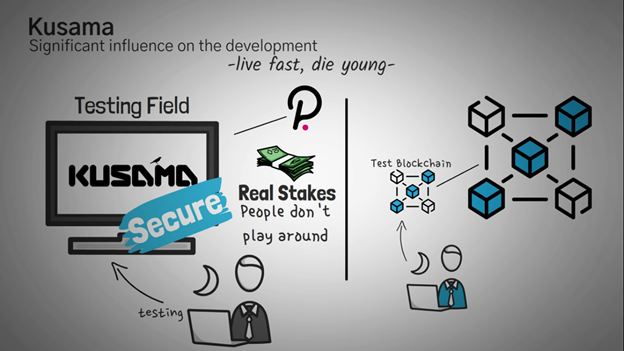
Many blockchains already have this testing network to test launches of real networks. However, what makes Kusama different compared to others was its “real stakes,” making users take their experimental project seriously and not kid around.
The platform is the best playground for testing out crazy ideas, sharpening them into a functional solution, and formally bringing them an innovational leap. Compared to Polkadot, Kusama has a cheaper barrier entry but plays a significant role and influence in the development of the real Polkadot network.
Treasury
Official treasury is valuable since it helps the network through fees for every engagement in the blockchain. Funds collected can be leveraged in various schemes, for instance— community building, marketing, outreach, software development, and security.
Anyone who wants to take action within the blockchain can make use of the funds in the treasury. Basically, users would need to send a deposit in the treasury, and if the changes are accepted, the deposit will be refunded.
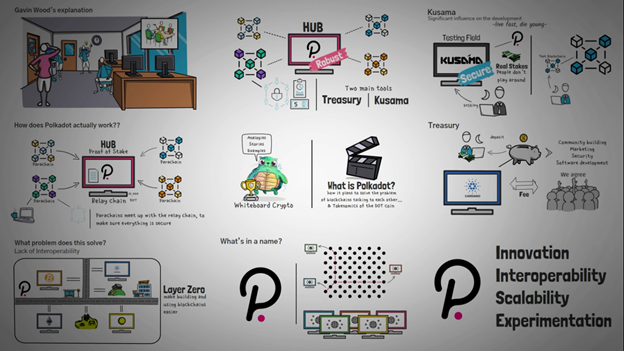
Clearly, Polkadot positions itself as a platform for interoperability, experimentation, and scalability. They are not all talk, though. Their objective really exhibits a fresh idea and great potential to bind blockchains together and create a massive interconnected crypto ecosystem.
Although Polkadot’s structure is impressive enough, various projects built on it might interestingly get you worked up more for their quality. Others simply focused on enabling the core capabilities of Polkadot, and some utilized parachain to offer their services and products. Top Polkadot project includes:
- Karura Network project is centered on the creation and deployment of DeFi smart contracts for users. The decentralized finance hub allows cross-blockchain application and liquidity.
- Bifrost project was designed as a DeFi hub that hosts applications, which allow users to access various DeFi features while extending a number of distinct liquidity options and staking rewards.
- Shiden (Plasm) is a smart contract platform created to back decentralized applications (Dapps) on Polkadot and Kusama. It was developed with scalability and speed in mind, directing its services on the L2 chains.
As the hype surrounding Polkadot expands with slot auctions going online and the network’s full capabilities attract attention from investors, it’s relatively easy to get caught up with the talk and wonder how this platform will look like years from now.
Even though the platform also has its fair share of possible downsides and risks, it is supported by a stellar team that delivers what was advertised. Polkadot is undeniably among the best blockchain-based distributed computing platform.

